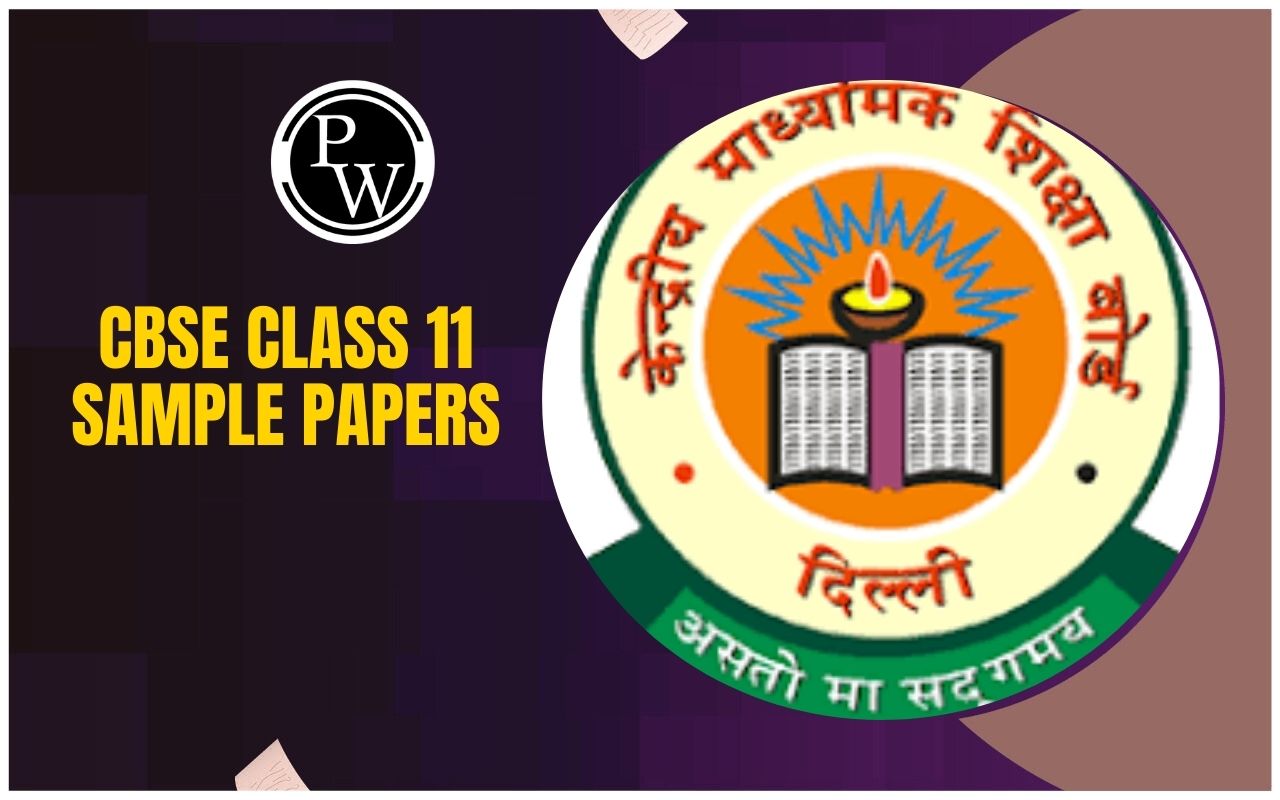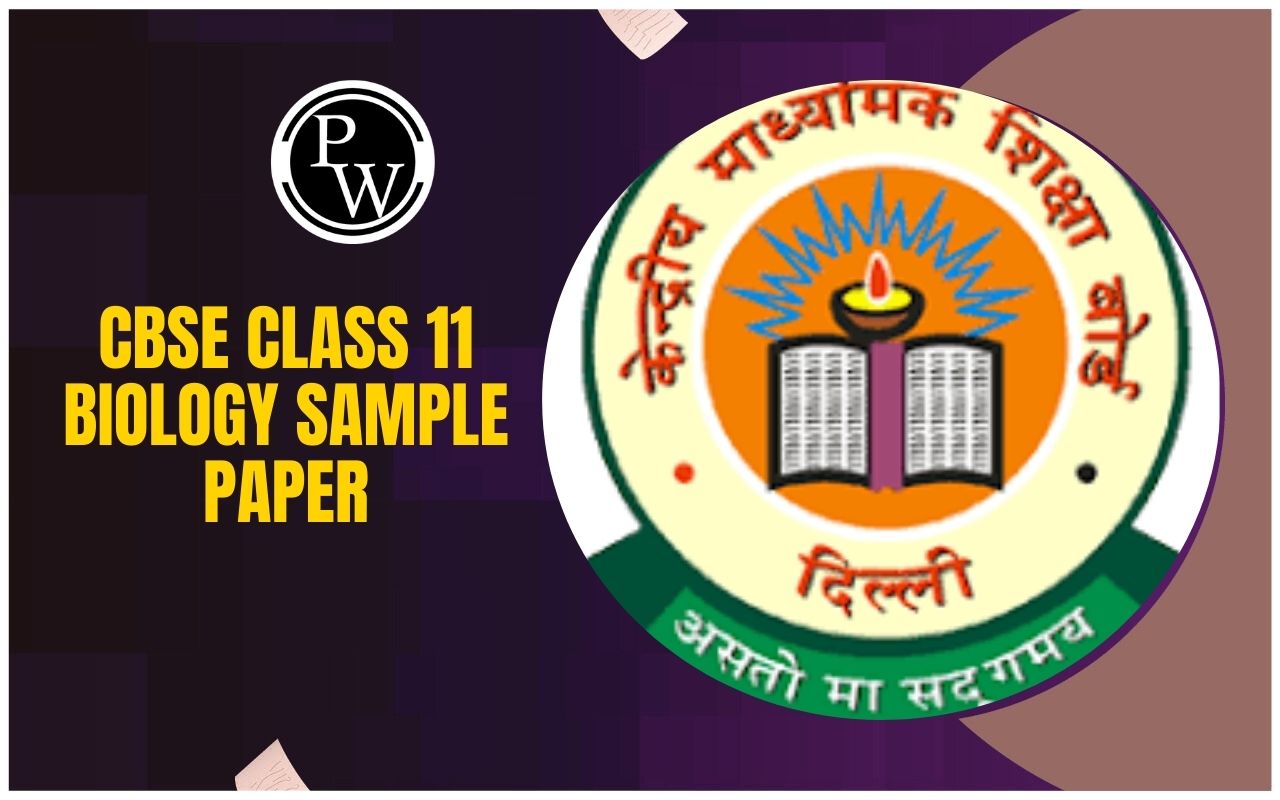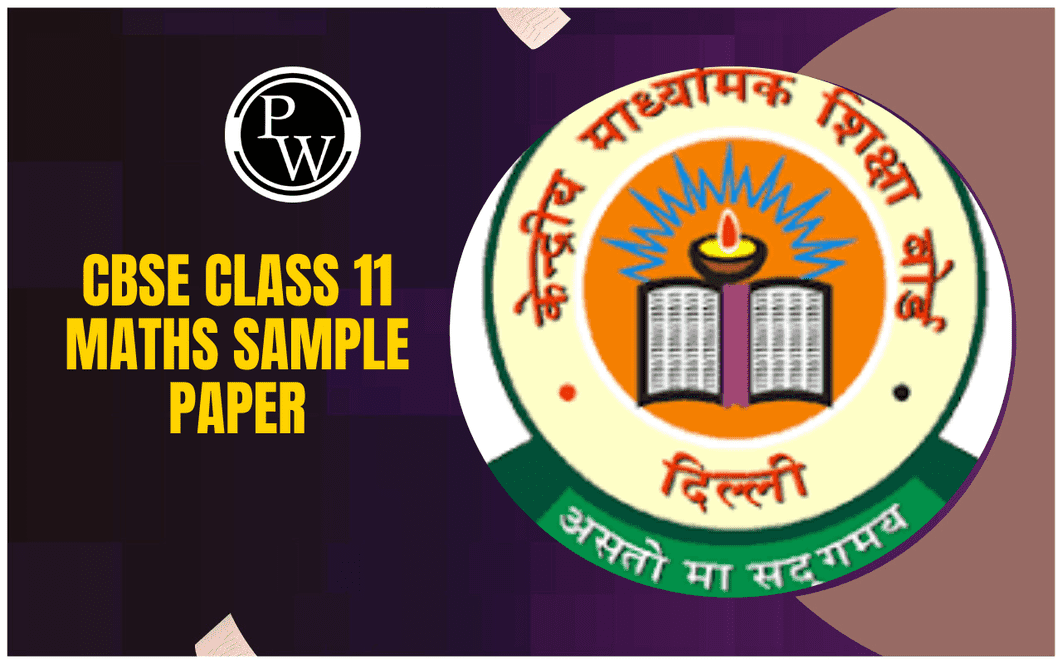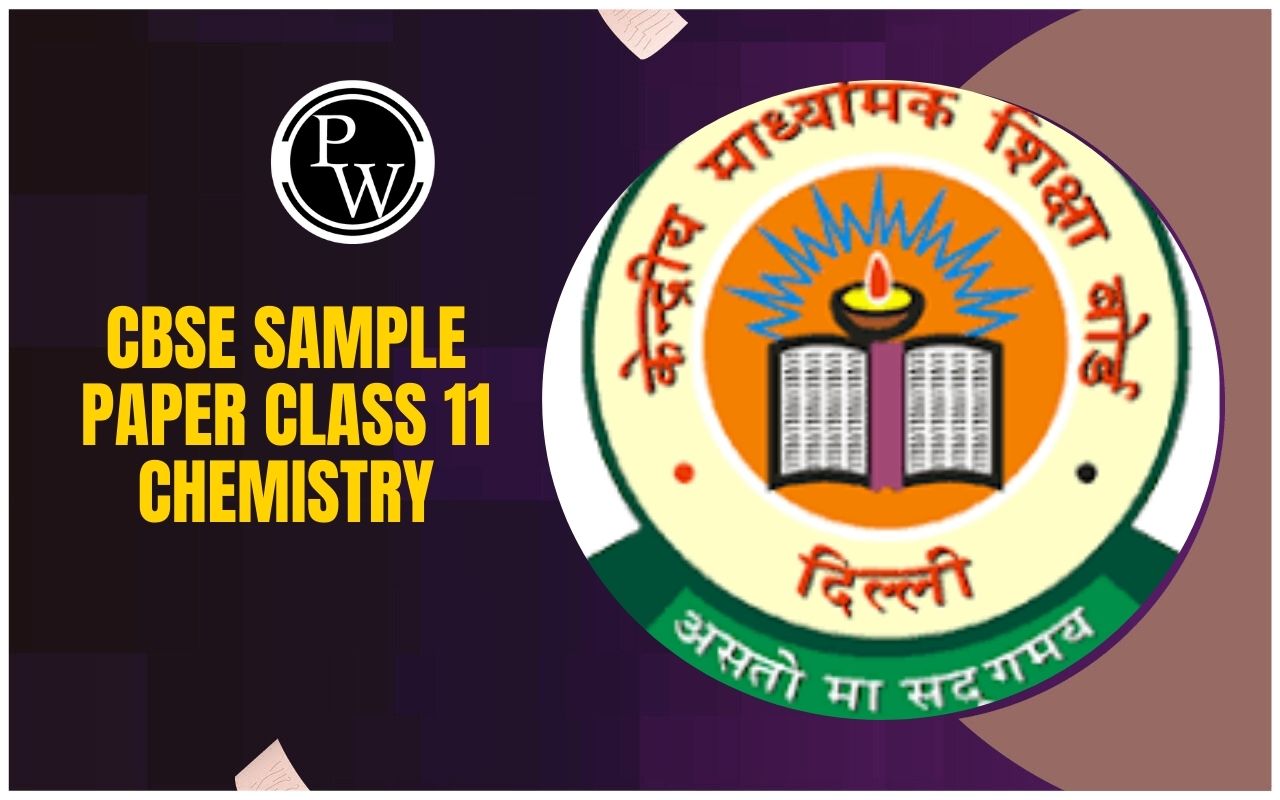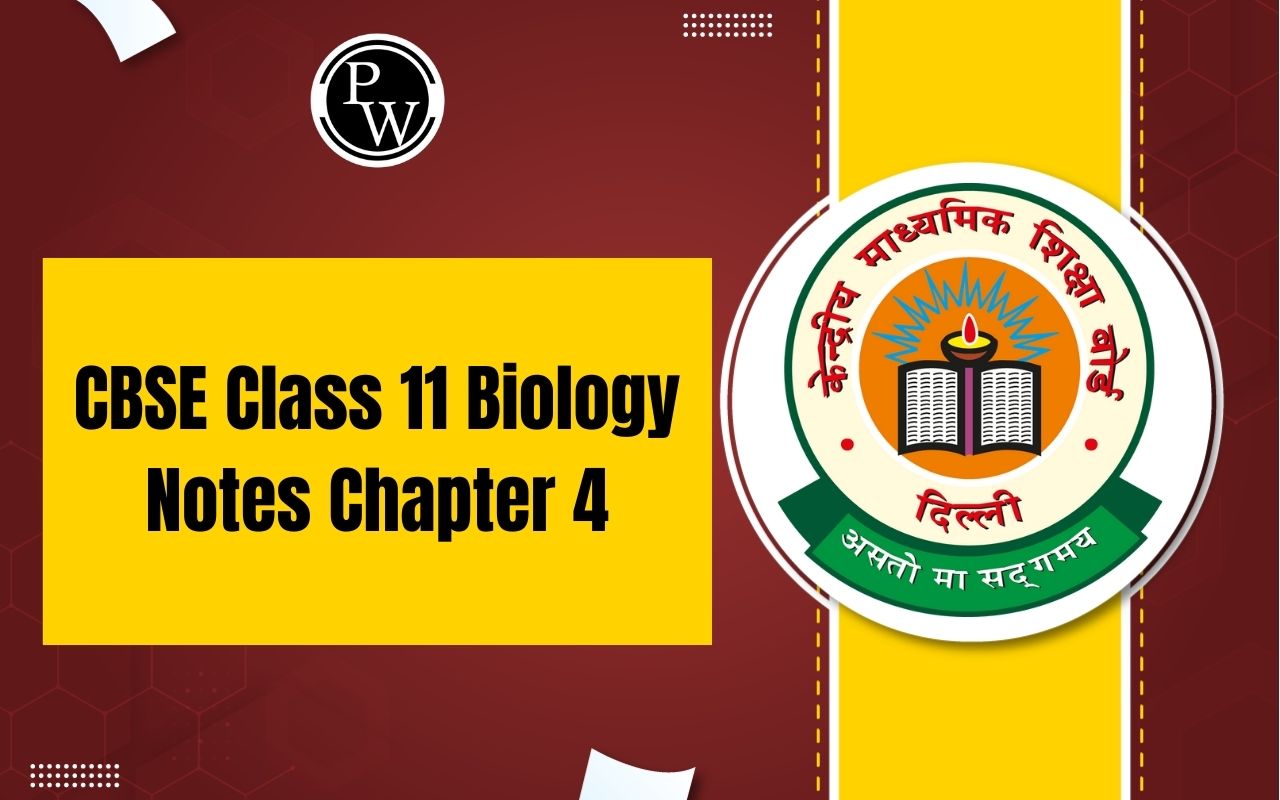
NCERT Solutions for Class 11 Biology Chapter 17: Chapter 17 of Class 11 Biology, Locomotion and Movement, explores the mechanisms behind movement in humans and animals. It explains the types of movements amoeboid, ciliary, and muscular and their significance.
The chapter delves into the human skeletal and muscular systems, highlighting the structure, functions, and coordination required for locomotion. Key topics include types of joints, muscle contraction mechanisms, and disorders like arthritis and osteoporosis. To help students understand and excel in these topics, NCERT Solutions provide clear and detailed answers to all textbook questions. These solutions are essential for building a strong foundation and preparing effectively for exams.NCERT Solutions for Class 11 Biology Chapter 17 Overview
Chapter 17 of Class 11 Biology, Locomotion and Movement, emphasizes the importance of understanding how organisms move and coordinate activities. It explains the types of movements (amoeboid, ciliary, muscular) and focuses on the human skeletal and muscular systems, detailing muscle contraction, joint types, and their roles in locomotion. The chapter also highlights disorders like arthritis and osteoporosis, stressing the significance of maintaining skeletal and muscular health. NCERT Solutions for this chapter provide detailed, accurate answers, helping students grasp these vital concepts. Understanding these mechanisms is crucial for appreciating human physiology and addressing related health issues effectively.NCERT Solutions for Class 11 Biology Chapter 17 PDF
Chapter 17 of Class 11 Biology, Locomotion and Movement, covers essential topics like types of movement, skeletal and muscular systems, and mechanisms of muscle contraction. It also discusses joint types and common disorders like arthritis and osteoporosis. To support students in mastering these concepts, we have provided comprehensive NCERT solutions in a downloadable PDF format below. These solutions are designed to simplify learning and enhance exam preparation.NCERT Solutions for Class 11 Biology Chapter 17 PDF
NCERT Solutions for Class 11 Biology Chapter 17 Locomotion and Movement Question Answer
Below is the NCERT Solutions for Class 11 Biology Chapter 17 Locomotion and Movement Question Answer -1. Draw the diagram of a sarcomere of skeletal muscle showing different regions.
Solution:
The diagram below shows the sarcomere of skeletal muscle showing different regions:
2. Define sliding filament theory of muscle contraction.
Solution:
Sliding filament theory states that the muscle fibre contraction occurs due to the sliding of the thin filaments over thick filaments.3. Describe the important steps in muscle contraction.
Solution:
The sliding filament theory, which contends that the contraction of muscle fibres is caused by the sliding of thin filaments across thick filaments, provides a clear explanation of the process underlying muscle contraction.
 Mechanism of muscle contraction:
Step 1 – Depolarisation of Sarcolemma
1. The central nervous system (CNS) sends a signal through a motor neuron which arrives at the neuromuscular junction or the motor end plate
2. The junction present between the sarcolemma of the muscle fibre and the motor neuron is called the neuromuscular junction
3. The release of a neurotransmitter called acetylcholine is triggered when the signal arrives at the neuromuscular junction. The action potential in the sarcolemma is set by the release of this
Step 2 – Release of Calcium ions
1. The sarcolemma transmits the action potential to the sarcoplasmic reticulum in order to release the calcium ions in the sarcoplasm
Step 3 – Conformational changes occur in the Actin filaments
1. The calcium ions that are released, tend to bind to the troponin and tropomyosin located on the active filaments
2. This linkage causes a modification in the three-dimensional structure of the actin-troponin-tropomyosin complex. The active site for myosin, which is located on the actin filament, is exposed.
Step 4 – Activation of Myosin heads
1. The calcium ions release causes the myosin heads to get activated, which in turn causes the release of energy in the form of ATP
2. Hydrolysis of ATP releases energy which causes the binding of myosin heads to the active sites found on the actin filaments, hence forming a cross-bridge
Step 5 – Actin Filaments slide over Myosin
1. The myosin head rotates due to the formation of a cross-bridge, pulling the actin filaments to the centre of the A-band, which is the H-zone
2. The z-line, which is attached to the actin filaments, is pulled inwards too
3. Contraction of sarcomere occurs when the actin filaments are pulled in the opposite ends
4. During the process of contraction, the I-band shortens, whereas the A-band maintains its length, causing the muscles to contract
Mechanism of muscle contraction:
Step 1 – Depolarisation of Sarcolemma
1. The central nervous system (CNS) sends a signal through a motor neuron which arrives at the neuromuscular junction or the motor end plate
2. The junction present between the sarcolemma of the muscle fibre and the motor neuron is called the neuromuscular junction
3. The release of a neurotransmitter called acetylcholine is triggered when the signal arrives at the neuromuscular junction. The action potential in the sarcolemma is set by the release of this
Step 2 – Release of Calcium ions
1. The sarcolemma transmits the action potential to the sarcoplasmic reticulum in order to release the calcium ions in the sarcoplasm
Step 3 – Conformational changes occur in the Actin filaments
1. The calcium ions that are released, tend to bind to the troponin and tropomyosin located on the active filaments
2. This linkage causes a modification in the three-dimensional structure of the actin-troponin-tropomyosin complex. The active site for myosin, which is located on the actin filament, is exposed.
Step 4 – Activation of Myosin heads
1. The calcium ions release causes the myosin heads to get activated, which in turn causes the release of energy in the form of ATP
2. Hydrolysis of ATP releases energy which causes the binding of myosin heads to the active sites found on the actin filaments, hence forming a cross-bridge
Step 5 – Actin Filaments slide over Myosin
1. The myosin head rotates due to the formation of a cross-bridge, pulling the actin filaments to the centre of the A-band, which is the H-zone
2. The z-line, which is attached to the actin filaments, is pulled inwards too
3. Contraction of sarcomere occurs when the actin filaments are pulled in the opposite ends
4. During the process of contraction, the I-band shortens, whereas the A-band maintains its length, causing the muscles to contract
4. Write true or false. If false, change the statement so that it is true.
(a) Actin is present in thin filament
(b) The h-zone of striated muscle fibre represents both thick and thin filaments
(c) Human skeleton has 206 bones
(d) There are 11 pairs of ribs in a man
(e) Sternum is present on the ventral side of the body
Solution:
(a) Actin is present in thin filament – True (b) H-zone of striated muscle fibre represents both thick and thin filaments – False Corrected statement: H-zone of the striated muscle fibre represents only thick filaments (c) Human skeleton has 206 bones – True (d) There are 11 pairs of ribs in a man – False Corrected statement: There are 12 pairs of ribs in a man. (e) Sternum is present on the ventral side of the body – True5. Write the difference between:
(a) Actin and Myosin
(b) Red and White muscles
(c) Pectoral and Pelvic girdle
Solution:
The differences are as follows: a) Actin and myosin| Actin | Myosin |
| Thin filaments (I-bands) of the myofilament are formed | Thick filaments (A-bands) of the myofilament are formed |
| It is built of globular actin monomers | It is built of meromyosin monomers |
| The regulatory proteins troponin and tropomyosin are linked with the actin | The regulatory proteins are not linked; instead, each of the meromyosins is built of four light chains and two identical heavy chains |
| Parameters | Red Muscles | White Muscles |
| Myoglobin content | High | Low |
| Amount of sarcoplasmic reticulum | Moderate | High |
| Fibres | Narrow and thin | Broad and thick |
| Mitochondria | Possess many | Few |
| Fatigue | Not fatigued | Fatigued |
| Type of respiration from which energy is derived | Aerobic | Anaerobic |
| Pectoral Girdle | Pelvic Girdle |
| The pectoral girdle is called as the shoulder girdle | The pelvic girdle is called as the hip girdle |
| Each part/half of the girdle consists of two bones – clavicle and scapula | Each part/half of the girdle consists of three bones – ischium, ilium and pubis |
| Forelimb articulation is offered | Hindlimb articulation is offered |
| The Head of the humerus articulates with the glenoid cavity of the pectoral girdle | The Head of the femur articulates with the acetabulum of the pelvic girdle |
6. Match Column I with Column II:
| Column I | Column II |
| (a) Smooth muscle | (i) Myoglobin |
| (b) Tropomyosin | (ii) Thin filament |
| (c) Red muscle | (iii) Sutures |
| (d) Skull | (iv) Involuntary |
Solution:
| Column I | Column II |
| (a) Smooth muscle | (iv) Involuntary |
| (b) Tropomyosin | (ii) Thin filament |
| (c) Red muscle | (i) Myoglobin |
| (d) Skull | (iii) Sutures |
7. What are the different types of movements exhibited by the cells of the human body?
Solution:
One of the essential traits seen in living things is thought to be movement. The following is a list of the various movements that the cells in the human body exhibit: 1. Amoeboid Movement: This kind of movement is present in blood leucocytes. When tissue is damaged, the circulatory system's leucocytes migrate to the spot to start an immunological reaction. 2. Muscular movement: This kind of movement is displayed by the muscle cells. 3. Ciliary movement: Sperm and ova are examples of sex cells that migrate in this way. This motion makes it easier for ova to go down the fallopian tube and into the uterus.8. How do you distinguish between a skeletal muscle and a cardiac muscle?
Solution:
The differences between a skeletal muscle and a cardiac muscle are as follows:| Skeletal Muscle | Cardiac Muscle |
| Linked to the primary bones | Located in the walls of the heart |
| Voluntary in nature | Involuntary in nature |
| Peripherally located nucleus | Centrally located nucleus |
| The muscle fibres of the skeletal muscles are unbranched | The muscle fibres of the cardiac muscles are branched |
| Intercalated discs are not found in the Muscle fibres of the skeletal muscles | Intercalated discs are found in the muscle fibres of the cardiac muscles |
| Brings about the locomotory actions of the body and maintains body posture | Responsible for the movement/motion of the heart |
9. Name the type of joint between the following:-
(a) Atlas/axis
(b) Carpal/metacarpal of the thumb
(c) Between phalanges
(d) Femur/acetabulum
(e) Between cranial bones
(f) Between pubic bones in the pelvic girdle
Solution:
The types of joints are as follows: (a) Atlas/axis – Pivot joint (b) Carpal/metacarpal of thumb – Saddle joint (c) Between phalanges – Hinge joint (d) Femur/acetabulum – Ball and socket joint (e) Between cranial bones – Fibrous joint (f) Between pubic bones in the pelvic girdle – Cartilaginous joint10. Fill in the blanks:
(a) All mammals (except a few) have __________ cervical vertebra.
(b) The number of phalanges in each limb of a human is __________.
(c) Thin filament of myofibril contains 2 ‘F’ actins and two other proteins, namely____ and _____.
(d) In a muscle fibre Ca++ is stored in __________.
(e) __________ and __________ pairs of ribs are called floating ribs.
(f) The human cranium is made of __________ bones.
Solution:
(a) Seven (b) Fourteen (c) Troponin, tropomyosin (d) Sarcoplasmic reticulum (e) Eleventh, twelfth (f) EightBenefits of Using NCERT Solutions for Class 11 Biology Chapter 17
Concept Simplification : Breaks down complex topics like muscle contraction and joint types for better understanding.
Exam-Oriented : Provides accurate and concise answers aligned with the NCERT curriculum to help score well in exams.
Detailed Explanations : Offers step-by-step solutions for all questions, enhancing clarity.
Quick Revision : Serves as a handy tool for revising key concepts before exams.
Practical Insights : Helps in understanding real-life applications of locomotion and movement.
Convenient Access : Available in a downloadable PDF format for easy study anytime.
Comprehensive Coverage : Ensures no topic or question is missed, aiding thorough preparation.
NCERT Solutions for Class 11 Biology Chapter 17 FAQs
What is the purpose of movement and locomotion?
How is movement and locomotion made possible?
What are the types of movement locomotion?
What is locomotion and its importance?

